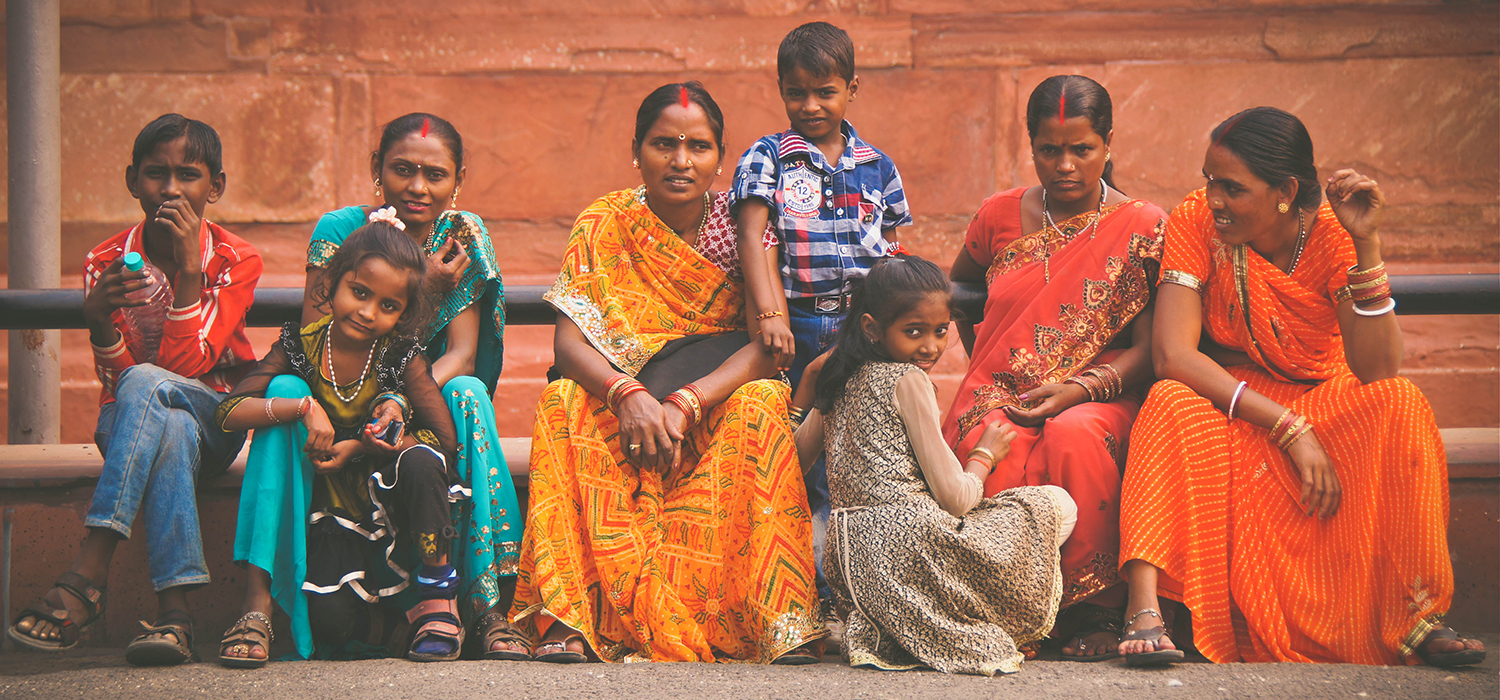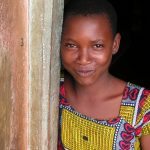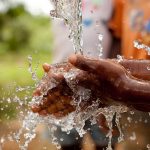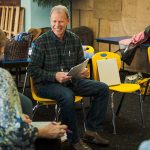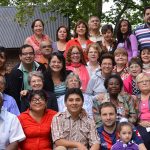Eva Jeffers, guest contributor and daughter of Board member, Dr. Wayne Jeffers filled an internship with MAI in India with the goal to work with the elderly. She sends her insights:
As an intern working with MAI this past summer in India, I observed that families were clearly a powerful tool of Community Health Evangelism (CHE). There were kids who had been raised in CHE and had changed their families and communities as they grew up. There were women who had been trained as community health leaders and had changed their families and communities, gaining recognition as community leaders. There were younger and older adults who spoke powerfully about the potential of their communities and families to care for the aging population.
Part of the work we did included community conversations with older adults in different villages. We asked them about strengths and challenges they see as they get older. Repeatedly, they mentioned prayer as a key component of their lives, whether as something they can contribute to their families and communities, or as a method of change. They talked about how they faced challenges as they aged and how family support systems change as children leave, but they also talked about how much they love their peace, opportunities to learn, and ability to work together as a community.
The moment I will never forget happened during one of these conversations. It was in a community that had brought water into their village, increased education, increased health service access, increased gardening and improved nutrition, decreased domestic violence, and has self-multiplied into the neighboring villages. During the conversation, I realized there were two groups in the room.
There was the village that had seen so much success in community development over the last decades, and there was a newer neighboring village that just recently had been introduced to the ideas of wholistic community development.
I asked about some challenges they faced while aging, and one of the newer members responded, saying that they need access to more medicine. Knowing the incredible successes of the older village, I asked what the community could do to address this challenge. This newer participant again responded, saying that if I were to provide medicine at trainings, they would attend. I sat in silence, fearing that I had single-handedly destroyed decades of sustainable, community-driven work. So I paused, and asked the only thing that came to mind, “What are other thoughts on this idea?”
One of the members from the older village stood up and said,
“We are used to living in a relief mode. And what I think is that these are our own parents. These are our own people. So whatever is being provided should come from within us.”
They then continued to talk about all the programs the government provides that they can access, but don’t. They talked about strategies the families could use or models they could change to make care more comprehensive. They had so many great ideas, none of which involved me bringing medicine.
The ideas centered on their families, the resources they knew how to access, and actions the community knew they could succeed at using.
And that was the answer, the proof. I was sold. Long-term community-driven development works.
It’s a mindset, a belief, a knowledge that water, nutrition, education, families, and communities can be changed without reliance on relief models. Do temporary healthcare treatment centers have their place? Absolutely. But community transformation doesn’t rely on tablets or pills. It relies on individuals, families, and people who are willing to work hard to see change. These families have and will continue to change their lives, and we get to simply witness that transformation.
I want to join in supporting the work of CHE, like this, around the world.

